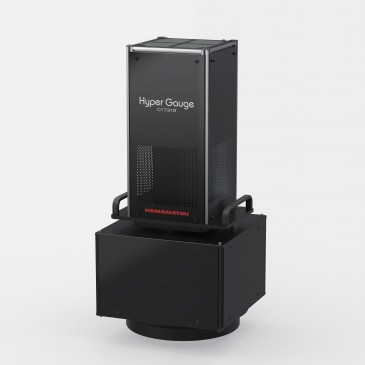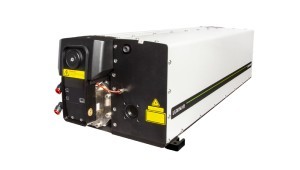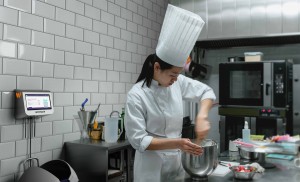
Every day about one-third of all food harvested or produced around the globe is wasted. That amounts to about 1.3 billion tons of food. IKEA prides itself on its focus on sustainability and being careful with the world’s resources. Not only is it a furniture company, but IKEA’s restaurants serve 680 million people each year and the company takes food waste seriously.
IKEA is a proponent of the “circular economy”, which is an economic system based on minimizing waste and making the most of resources. It is basically the opposite of taking materials, manufacturing products (or food), and then disposing of the end product. Instead it is a regenerative approach that reduces waste.
Since 2016 IKEA has prevented more than 1.4 million kilos of food from being wasted, after the company began the Food is Precious initiative to cut in half its food waste in its more than 400 restaurants worldwide. As part of its effort, the company turned to help from cutting-edge technology that combines imaging with artificial intelligence to help them record and analyze just what type and how much food is being thrown away.
The technical solution, called Winnow Vision, uses a computer vision system that takes images of wasted food as it's being thrown away and then, using artificial intelligence, recognizes what type of food is being thrown away.
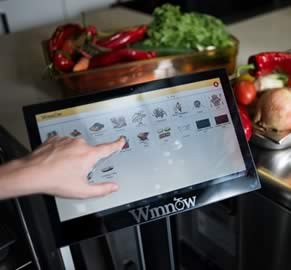
IKEA is a launch partner, using Winnow Vision in its restaurants across the UK.
How it works
The way the Winnow system works is that when food is thrown out, an image of it is captured by an embedded imaging system that uses a neural network AI system to identify what the food is. If the AI system can’t identify it, then the human operator enters the information on a touchscreen, and that information gets processed. This enables the system to learn what the type of food is that’s being thrown away, and it can identify it next time. It then calculates the waste and its value.
The system uses a Nvidia Jetson TX2 embedded computer system that collates the information and sends it to the cloud where Nvidia V100 graphics processing units, running TensorFLow, update the knowledge base.
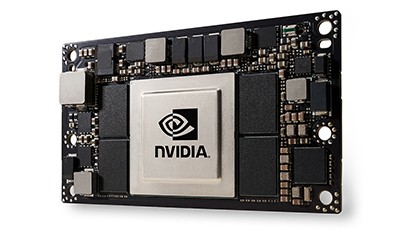
The Jetson is a complete supercomputer system-on-module that provides AI computing with a Nvidia Pascal GPU, up to 8GB of memory, 59.7GB/s of memory bandwidth and a range of standard hardware interfaces. The module is only about the size of a credit card (50 mmm x 87 mm), which enabled the Winnow System to be compact in design so that would fit well in a busy restaurant kitchen.
The results
The system was implemented at IKEA in Bergen (Norway) where they have an extremely busy restaurant. Although they thought they’d been doing a good job of registering waste before implementing the Winnow system, now that they’re using the embedded vision/AI technology, they’ve seen such a difference that they can actually stop producing as much food because they’re wasting less. In fact, they were able to reduce waste 45% in the first 12 weeks of the pilot. They estimate that to be a 126,200-euro annualized savings, or the equivalent of nearly 30,000 meals.
Written by Anne Fischer, Managing Editor, Novus Light Technologies Today
































 Back to Features
Back to Features